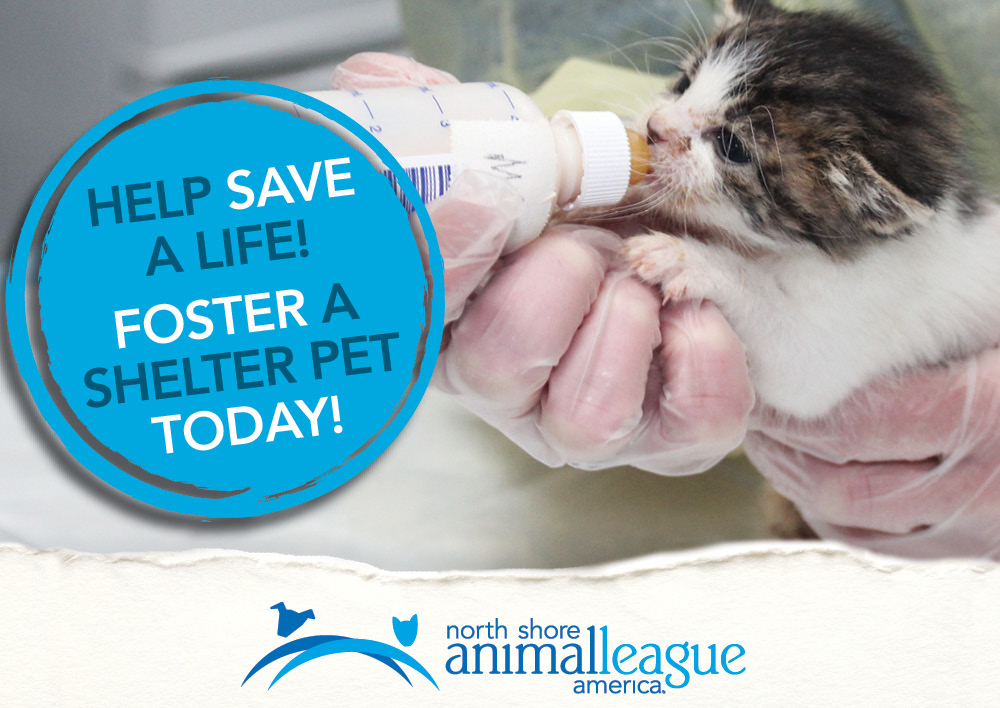We Have Winter Coats, But We Need Shelter!

By Kathleen O’Malley
While feral and stray community cats consider the great outdoors their home, when temperatures plummet and cold winds blow, an insulated shelter might save their lives if they have no other reliable refuge from the elements.
Providing a purpose-built shelter for cats means they will not have to search car engines, neighbors’ crawl spaces, or porches for a warm, dry place to rest. It will keep them safe from the elements, and will help you control their location and deter them from seeking shelter where they are not safe or are not wanted.
What makes a good shelter?
Three key elements comprise a good shelter: insulation to keep heat in, waterproof exteriors to keep moisture out, and small entrances to keep heat in and other animals out. You can build a good shelter using a variety of materials and designs, from a simple, inexpensive shelter to an elaborate, more costly design. For some easy and affordable ideas, visit bit.ly/CatShelterDesigns.
If you can’t build your own shelter, email info@NYCFeralCat.org and we will help you find shelters for sale or donation.
Design Guidelines
The minimum interior size for a shelter is about 12” x 18” x 12” and will fit a single cat. A 24” x 24” x 18” shelter will fit at least three cats and is preferable because cats will benefit from each other’s body heat. Be sure to make one door that’s 5” x 5” wide to let cats in and keep larger critters out.
Tips for Shelter Placement
Shelters should be raised up off the ground to keep snow from blocking the entrance. This also prevents rain from splashing up into the entrance from the ground.
Lightweight shelters should be weighed down. Place rocks, bricks, or wood on top, or place a piece of plywood on top of two shelters facing each other to create a “breezeway” entrance between them. Weight can also be added to the bottom of the shelter by attaching a wooden mini-pallet or pieces of 2×4 lumber. This also raises the shelter off the ground. Make sure the structure stands firm on the ground and doesn’t wobble.
The entrance of the shelter should face away from prevailing winds. Place shelters with the entrance facing a wall, fence, or other windbreak. This strategy will also help protect the cats against possible intrusion by other neighborhood animals and give the cats an emergency evacuation route.
If your shelter is located where humans might tamper with it, camouflage it using paint and surrounding vegetation. A shelter that stands out from its surroundings could be mistaken for trash or could bring unwanted attention to the cats.
Outfitting the Shelter
Straw is the best bedding for cat shelters. It repels moisture and provides insulation, making it ideal for keeping cats warm and comfortable all winter long. Be sure to buy straw, which is bedding, and not hay, which is feed. Blankets and towels should never be used as bedding; they do not insulate and can actually steal heat from the cats’ bodies. They also retain moisture and can become moldy. In the autumn, you can find straw from garden suppliers, farmers markets, craft stores, and feed stores. Or contact info@NYCFeralCat.org.
To learn more about building winter cat shelters, or to register for our upcoming Building Shelters for Outdoor Cats workshop in January, visit bit.ly/NYCFCIShelters.













